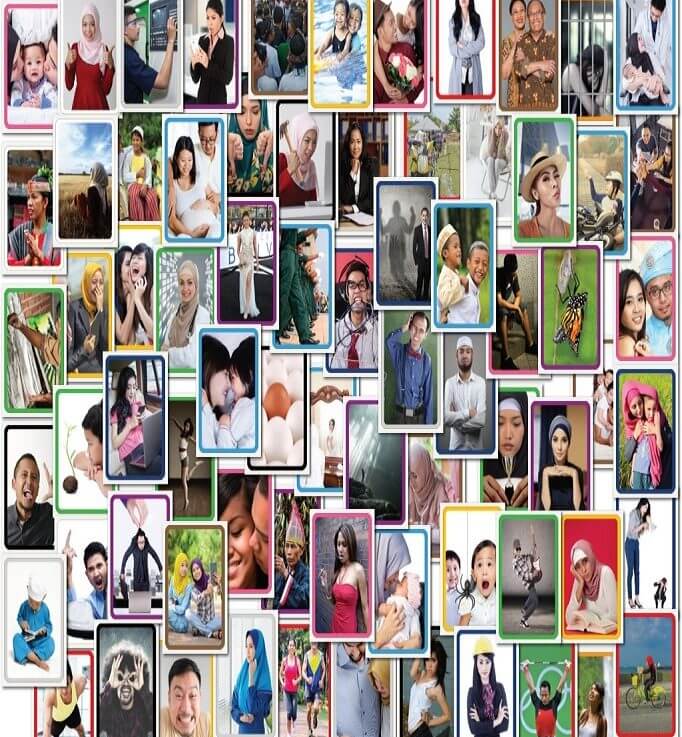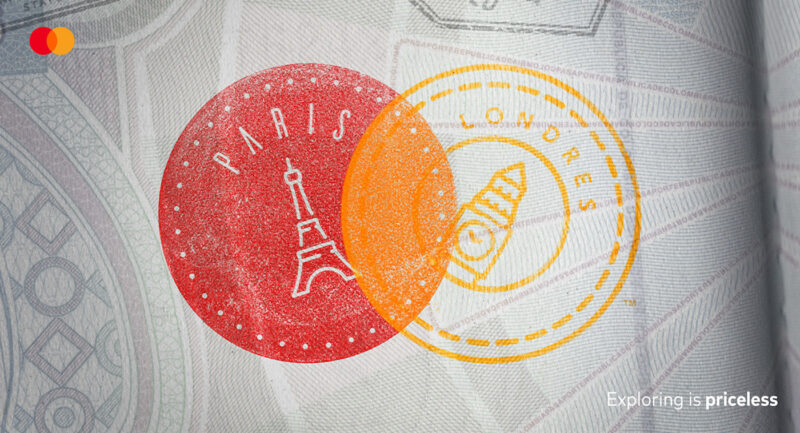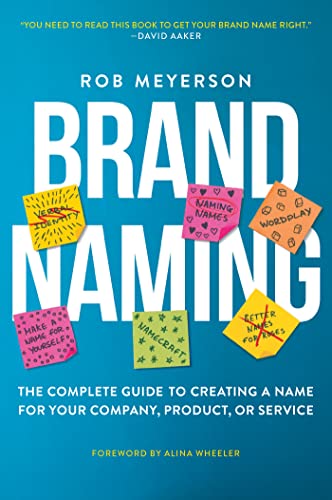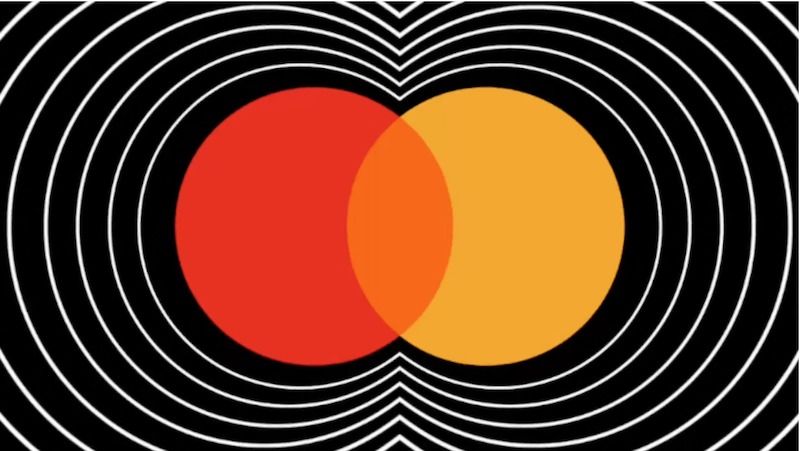Market research still uses too many words, with most approaches continuing to focus on question and answer approaches to understanding human behaviour. However, we know that most of the brain lives in the physical world and builds knowledge through the sensory system and especially the visual sense. It’s time for market research to get more visual and use the power of images and metaphors to capture the real feelings of people that sit beyond the rational and verbal brain.
The age of the image
Why does market research still spend so much time engaging the rational brain through standard qualitative and quantitative approaches, in much the same way that the marketing and advertising industry still mistakenly focuses on logical persuasion?
The twenty-first century is truly the age of the image, with visual literacy said to be on the rise (and verbal literacy in decline) in a multi-screen culture. Arguably, humans have always been visual, with the focus on the written word only a very recent phenomenon in human history. It is also true that the word fetish is much more a mark of Western culture than Asian, where visual context continues to be much more visual and written languages are often symbolic.
With today’s technology there is no longer an excuse for making more use of pictures and less use of words, even in quantitative research. Projective tools and visual metaphors have been around for some time, although perhaps not used as systematically as they could be, and also looked down on by association with some of the more questionable aspects of psychoanalysis (along with the Western word fetish).
The blink of an eye
The brain processes images in the blink of an eye, bringing a rich set of associations and meanings. By comparison, words require deliberate and rational thought processes to understand, coming with a slower and more limited set of associations that often depend on knowing the context that cannot be conveyed by the word alone.
Visual information accounts for around 90% of the 11 million or more pieces of sensory information that flood into the brain every second. This information keeps us updated about the changes happening in the world around is and is important for our survival. That’s why around one-third to one-half of everything that the brain does is related to processing and interpreting visual information.
The brain thinks visually, which is why metaphors are so powerful and pervasive in language. In order to understand the abstract concepts and ideas communicated by language the brain translates them back into a language that it can understand. This is the language of physical and sensory experience.
A mind of metaphor
Many argue that metaphors and analogies are the basis of thought itself. George Lakoff and others argue that metaphors are the stuff of thought. Douglas Hofstadter has written at length about the role of analogy and metaphor in everyday conversation, thinking, learning and creativity. He argues that analogy and categorisation are part of the same mental process of determining the meaning of something, either by grouping it with other things (categorisation) or finding how it might relate to other different things (analogy). Both are ways of reframing information and finding a context in which that information can be used to create meaning. While Asia focuses more on relationships and Western culture more on distinctions and categorisations, ultimately the objective is the same.
Steven Pinker put it this way: “If all abstract thought is metaphorical, and all metaphors are assembled out of biologically based concepts, then we would have an explanation for the evolution of human intelligence. Human intelligence would be a product of metaphor and combinatorics. Metaphor allows the mind to use a few basic ideas … to understand more abstract domains. Combinatorics allows a finite set of simple ideas to rise to an infinite set of complex ones”.
The world and our emotional responses to events in the world are experienced physically, with cognitive appraisal and verbal description an after-thought. Indeed, many have written of the importance of body language and tone-of-voice in communication, both having far more impact than the words spoken in any face-to-face meeting. While the precise impact of each is still debated, the relative importance of visual and audio cues over verbal ones cannot. We experience this every day, when we “see” what people are saying as much as we “hear” the words they speak (the McGurk effect shows how much we lip read as well as listen).
Projecting the right image
Projective techniques have been used for many years in market research with metaphor elicitation a more recent development. Such techniques use the powerful way in which images are easy for people to make associations and analogies, but generally rely on the “creativity” and “expressiveness” of individual participants, who may therefore not be completely typical consumers.
It is well understood that our brains are much better at recognition than recall. That is, while we often struggle to remember the right phrase or picture to capture a previous experience, when we see it we know it. Therefore, if it is possible to capture a set of images that can allow people to express all the relevant ideas and associations, it may be much better, and importantly quicker, to get them to respond to such a set of stimuli than to ask them to find the right picture.
The challenge is to have clear and comprehensive frameworks and find appropriate images that have consistent meanings across different participant profiles (e.g, ages, cultures). Alternatively, if the picture set encompasses images that can appeal across a wide range of backgrounds, then this allows everyone to find the right image for them. The advantage of such an approach is not only that you take the burden of finding the right image from the participant, but the process itself becomes a game of creating visual stories, relying on behavioural responses instead of rationalised verbal answers.
Gerald Zaltman and others have written about the use of metaphor in research (see How Customers Think) and TapestryWorks have applied this thinking with our own unique set of visual stimuli which map back onto a motivational framework (StoryWorks). How Customers Think is also one of ten books I recommend market researchers read (see here).
Five reasons to think visually in research
In summary, images work better than words in many areas of research because they speak more directly to the emotional and experiencing brain, without the need for translation. Our work with visual toolkits demonstrates the power of visuals to capture the richness of human experience and emotions. Images work better than words because:
- They are mentally processed more easily and spontaneously
- They evoke a richer set of associations and memories
- They do not require translation to be used across multiple cultures and countries (or even those with differing language abilities)
- They provide consistency of stimulus across cultures, countries and customer groups
- They provide a clearer way to communicate insights with clients, who are just as visual as the rest of us
Isn’t it time that researchers used less words and talked more directly to the reality of people’s everyday lives and experiences?
REFERENCES
Alter, A (2013) Drunk Tank Pink: And Other Unexpected Forces That Shape How We Think, Feel, And Behave, The Penguin Press, New York
Apkon, S (2013) The Age of the Image: Redefining literacy in a world of screens, Farrar, Straus & Giroux, New York
Bergen, B (2012) Louder Than Words: The New Science of How the Mind Makes Meaning, Basic Books, New York
Frith, C (2007) Making Up The Mind: How the Brain Creates Our Mental World, Wiley-Blackwell, Chichester
Gains, N (2013) Brand esSense: Using sense, symbol and story to design brand identity, Kogan Page, London
Hoffman, D (1998) Visual Intelligence: How We Create What We See, WW Norton & Co, New York
Hofstadter, Douglas (2001) Analogy as the Core of Cognition, in The Analogical Mind: Perspectives from Cognitive Science, ed D Gentner, K Holyoak and B Kokinov, The MIT Press, Cambridge, pp 499-538.
Hofstadter, D and Sander, E (2013) Surfaces and Essences: Analogy as the fuel and fire of thinking, Basic Books, New York
Kahneman, D (2012) Thinking, Fast and Slow, Penguin, London
Lakoff, G and Turner M (1980) Metaphors We Live By, The University of Chicago Press, Chicago
Mehrabian, A (1972) Nonverbal Communication, Aldine Transaction, New Brunswick
Nørretranders, T (1999) The User Illusion: Cutting Consciousness Down to Size, Penguin Books, London
Pinker, S (1997) How The Mind Works, WW Norton & Company, New York
Roberts, D (2002) Signals and Perception: The Fundamentals of Human Sensation, Palgrave Macmillan, London
Rosenblum, L (2010) See What I’m Saying: The Extraordinary Powers of Our Five Senses, WW Norton & Company, New York
Zaltman, G (2003) How Customers Think: Essential Insights into the Mind of the Market, Harvard Business School Press, Boston







10 Books Every Market Researcher Should Read – TapestryWorks
[…] A Picture Paints a Thousand Words: Making research more visualApril 14, 2020 […]